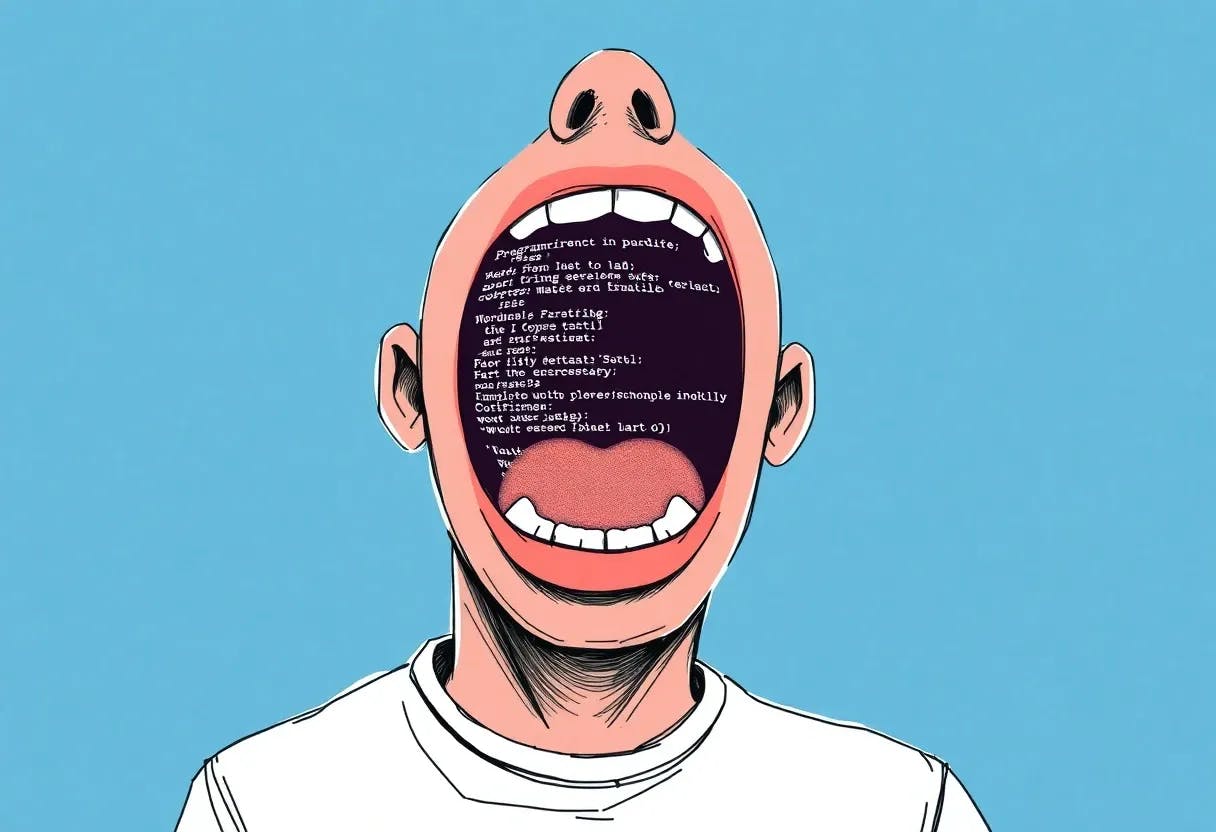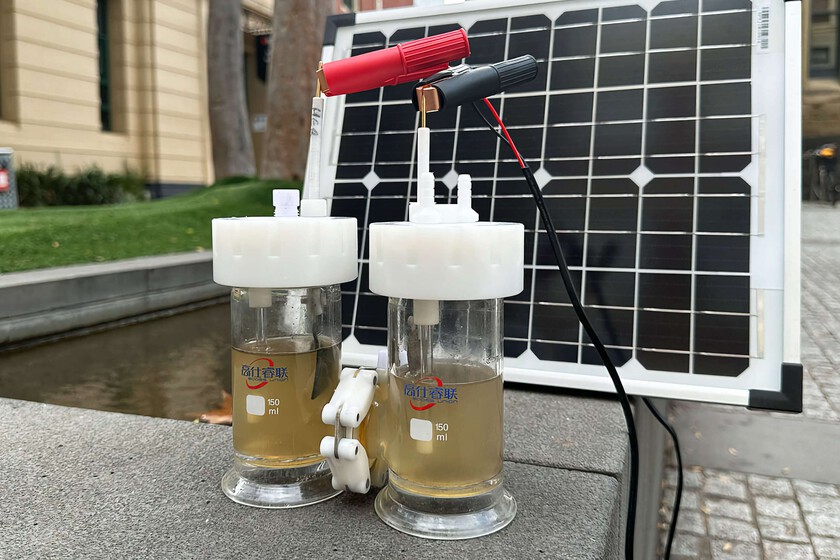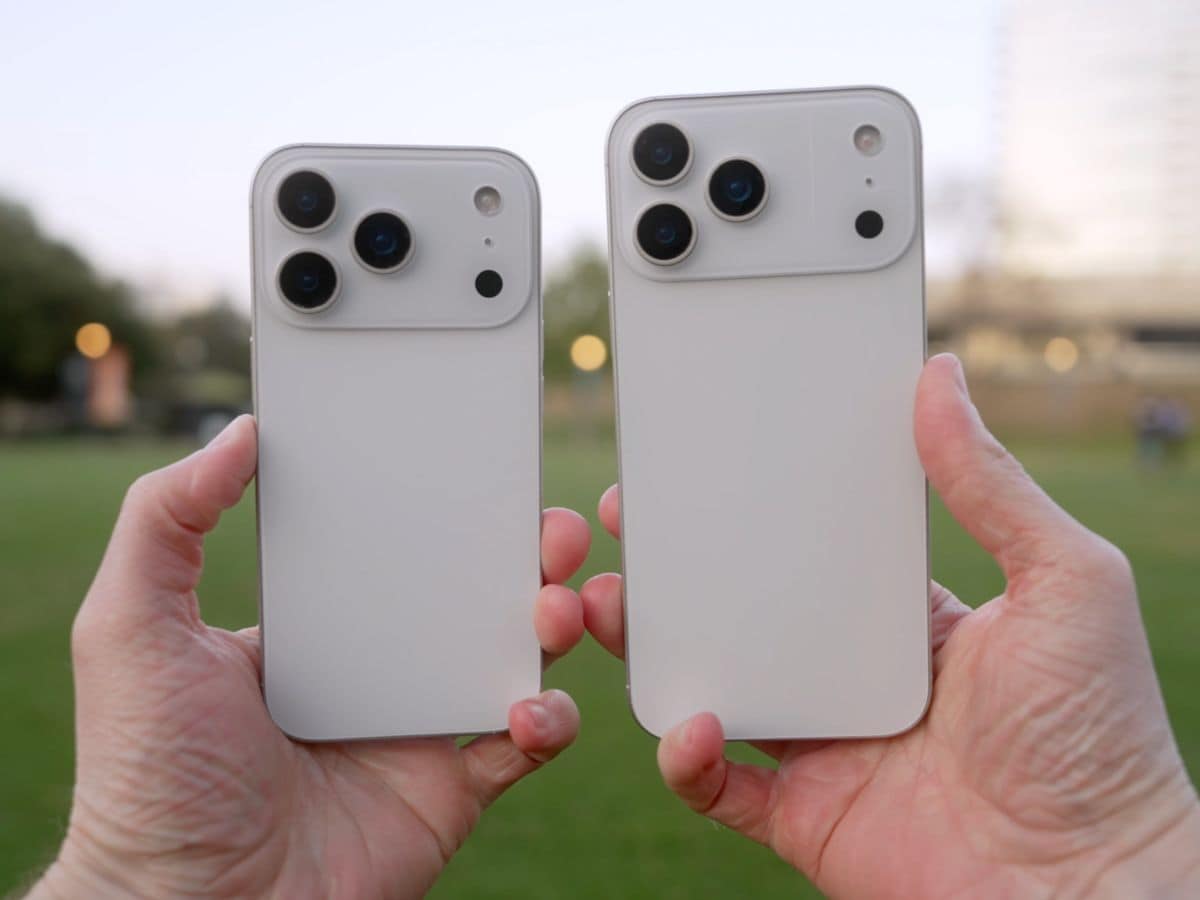There is a new obsession by the main Android manufacturers: to offer how many years of support are possible. Until not too long ago, most were conf formed with just two years of updates, something simply unthinkable in the most current popular mobiles.
In the last two years we have seen a magical number: the seven years of updates. A figure that, a priori, seems almost magical, and that raises life time (as long as the updates do not do more damage than well) exponentially. The problem? The same one we have been dragging since Android is Android.
A clear obsession. Seven years of updates. Samsung was the first to open the ban, offering more support than Google itself. In response, the Google Pixel also had a seven -year support, both system updates and security patches.
It is a record for the operating system, propitiated largely due to the improvements in support that manufacturers such as Qualcomm. Its last processors allow support of up to eight years. The question is whether this makes sense.
Birds in the air. Promise years and years of updates is fine. But there is only one manufacturer updating at a good pace: Google. Samsung has just announced the update to Android 15 for some of its high -end devices. The point here is that this version has been available since October.
We have normalized that updating fast is updating half a year after Google present stable version, and another half of the next version of the operating system, Android 16. A loop that feeds the endemic evil of Android: the fragmentation.
Seven percent. Only 7% of the devices worldwide are updated to Android 15. O, in other words, 93% of Android devices are outdated.
The fragmentation is inevitable in this operating system (with more than 70% global adoption), given the vast diversity of devices in use. But 7% remain a very low fact of adoption.
It doesn’t matter too much. A few years ago, updating the system version was to change design language almost in full every few years and access a remarkable number of news. From a time to this part, operating systems focus on stability and efficiency rather than offering draft news.
The main change, AI, comes from the hand of models such as Gemini Nano, implementable without changing operating system version. Regarding the security of use, with being updated to the last patches and not having a too old version, it is more than enough.
Manufacturers against. Android has moved away from the two years of updates and an acceptable minimum begins from four or five years. On breaking these barriers to approach the ten years of updates there are manufacturers with clear posture.
Interviewing Daniel Desjarlais, product manager at Xiaomi, the response to why the brand offered no more support the response was clear: the average consumer’s life cycle is not seven years, it is three.
Similar posture shares OnePlus, whose posture on mobile and sandwich made talk.
“Imagine that your phone is a sandwich. Some manufacturers are now saying that the filling of your sandwich, the software of your phone, will remain good to eat in seven years. But what they are not telling you is that the bread in the sandwich, the user’s experience, could be moldy after four years. Suddenly, a seven -year software update policy does not matter, because the rest of your experience is terrible.”
Summarizing: manufacturers are at war with operating system updates. A war in which only Google is managing to fulfill deadlines, and in which it doubts how an Android will behave seven years later stalks the most skeptical manufacturers.
Image | WorldOfSoftware
In WorldOfSoftware | How to know how many Android updates you will receive your mobile with this website












